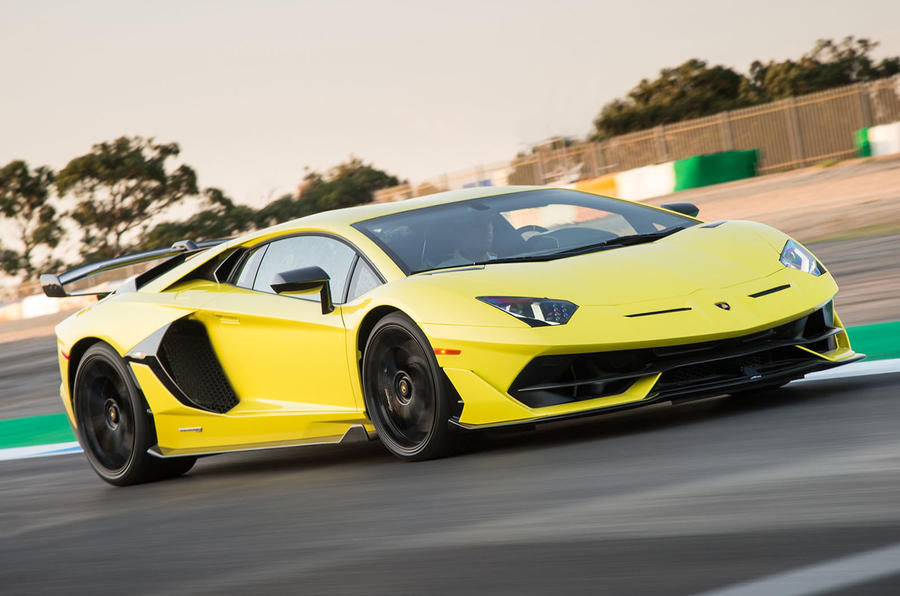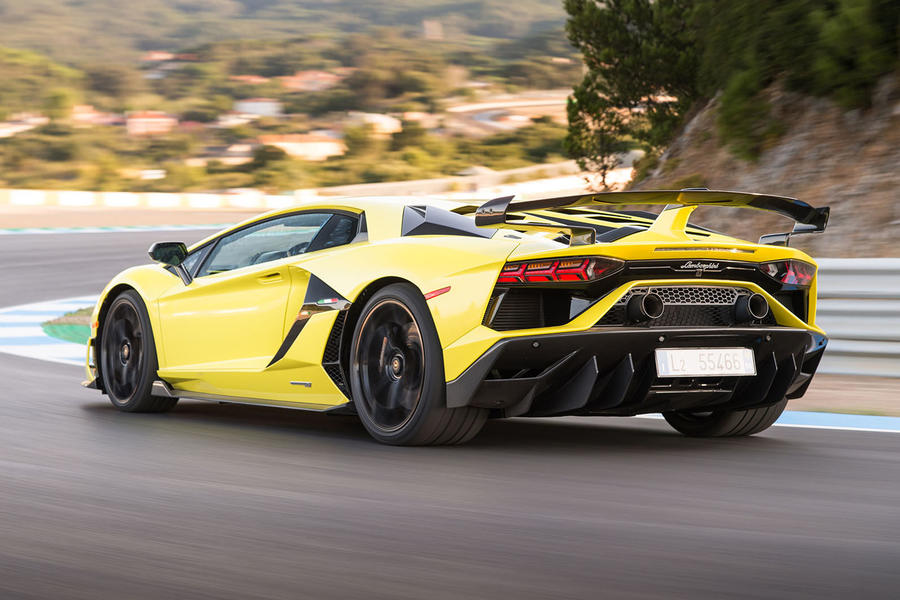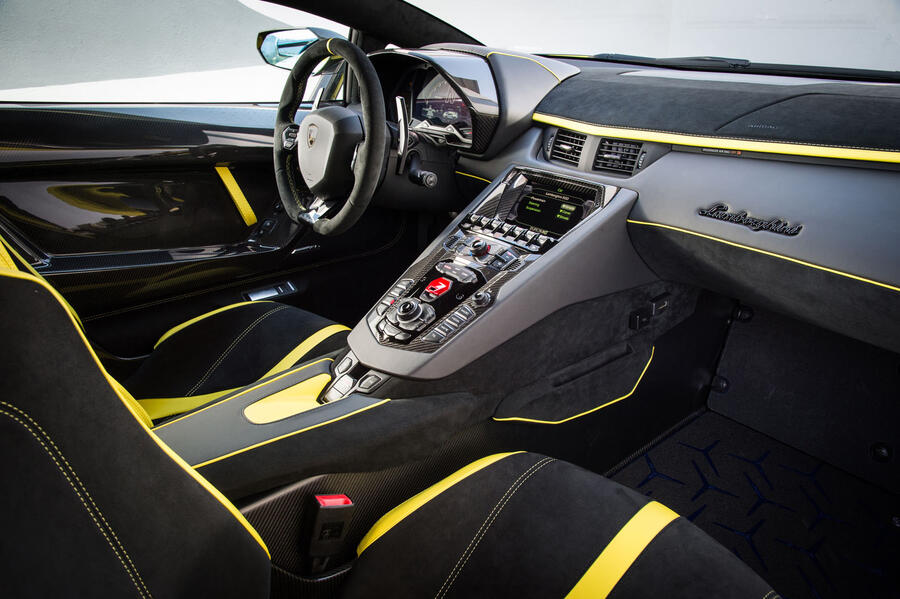What is it?
As I write, a number of Lamborghini Aventador SVJs are belting down the main straight at Estoril race track, a few yards from me, and the noise is more race meeting than track day. That’s rare in the world of production cars, to the extent that there’s a ‘last of the interceptors’ feel about the Aventador, with its big mid-mounted naturally aspirated V12 and all of the promise and compromise such an engine brings.
Sure, Ferrari still makes a naturally aspirated V12, as will Aston Martin for a short while, but neither in quite the same setting as this. There’s a difference between a super-GT car and this, a super-sports car, a supercar of the original sense, partly figuratively, but also literally: an Aventador’s mid-mounted engine breathes through a much shorter exhaust than a front-engined GT, so its bark is louder. It’s a fact that means a car like this will never be ‘so what’.
It’s important to remember that, I think; whatever else you think about modern Lamborghinis and the way they’re used. Only 5% of Aventador buyers will regularly show their car a race track.
Pity. Because if owners did, they’d really feel how fast it was, rather than just know it set a 6min 44.97sec lap of the… well, you know where.
It does that by being more powerful, lighter, more aerodynamically clever, dynamically tweaked and having more grippy tyres than before. The full engineering gamut, then.
Let’s start with the engine. The 6.5-litre V12 has titanium inlet valves, a lighter flywheel, less internal friction, an 8700rpm limiter and now makes 759bhp at 8500rpm. More important, though, peak torque was at 5500rpm on the Lamborghini Aventador SV but then tailed away rapidly; the SVJ makes more torque through the entire rev range – before and including 5500rpm – but its 531lb ft peak doesn’t arrive until 6750rpm and its curve is flatter after that; so considerably more torque reaches the wheels all the time.
Those wheels are lighter, as are several other body components, so this (dry) is a 1525kg car, although given a fuelled Lamborghini Huracán Performante was 200kg more than its claimed dry weight when we put it on our scales last year, you can imagine where this will end up.
Chassis changes see springs unchanged but dampers and anti-roll bars stiffer, and the torque split typically 3% more biased to the rear; although it varies anyway. The front is disconnected entirely during braking, to mean the only steering wheel inputs are from braking, and there’s active rear-steer.
Then there’s the improved aero, which brings the SVJ 40% more downforce than an Aventador S but, significantly, is a second-generation ‘ALA’ (Aerodinamica Lamborghini Attiva 2.0), which can push turbulent air out beneath the rear spoiler, to stall it, reducing downforce and drag, and which it can split from left to right. In cornering, then, the SVJ will make more downforce on the inside of the bend, which keeps the body flatter and helps turn-in. Overall lateral g isn’t necessarily increased (you’d just put a massive wing on if you wanted to do that), but it apparently means less lock is required to get into a turn, and given less applied lock, more power can be applied, making corner exit quicker. I don’t think it makes a lot of difference to an overall lap time: between one and three seconds around a near seven-minute lap, according to an engineer.































































Join the debate
Add your comment
Almost perfect in all the
Except for that terrible gearbox.
Such a shame there isn't a manual option for those who can drive, and a good auto for those who can't.
looking a bit past it, but
looking a bit past it, but still an event to drive, i'm sure.
Changed My Mind
Forget all that. Realistically, if I could afford one, I could afford both. Surely that'd be the way to go.
jason_recliner wrote:
I'll take the Lambo's engine alone over any McLaren, every day, week and month, never mind its fabulous looks and drama.
It's just so much more desirable.